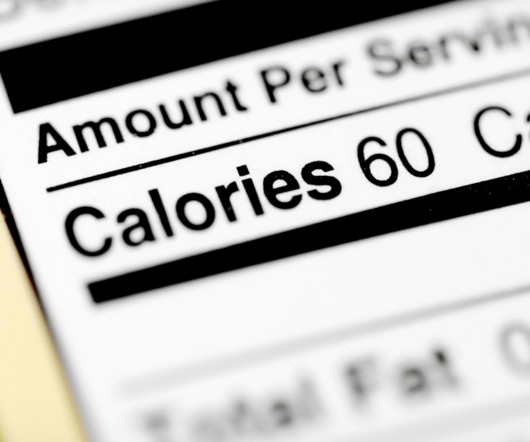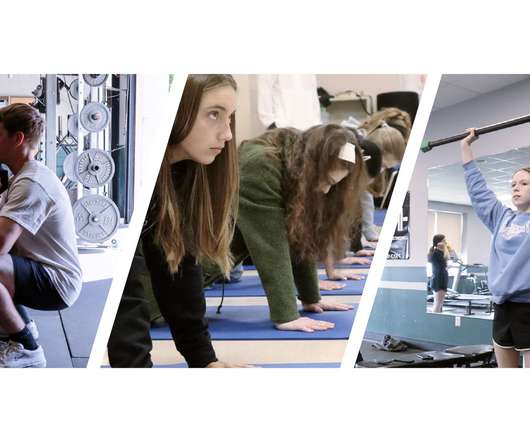Understanding Calorie Needs
PLT4M
OCTOBER 3, 2023
Signs you’re not eating enough energy: Low energy / fatigue Difficulty concentrating Bloating and/or constipation Tired Stalled training Missed menstrual cycles Constantly thinking about food Irritability Hair loss / brittle nails Constantly getting sick Weight and body composition are not great indicators of whether you’re over or under fueling.











Let's personalize your content